Inspiring eco-hero Kristy Lorson shares her easy zero-waste hacks
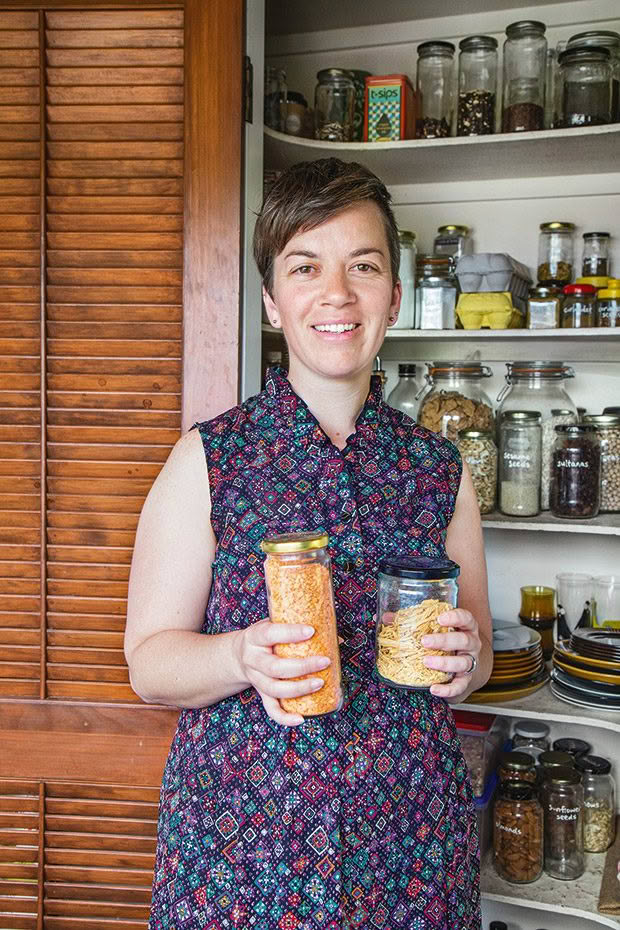
Kristy Lorson, her husband and young daughter fill one wheelie bin with rubbish every two years. They love their (virtually) zero-waste life.
Words: Lee-Anne Duncan Photos: Sheryl Burson
Kristy Lorson finds fruit stickers annoying. “Why do we need them? Ugh!” she exclaims from the Glen Eden home she shares with husband Davian and daughter Savana (6). “They’re one of the main aspects of waste we still cannot avoid.”
Other than fruit stickers, paracetamol blister packs and the occasional plastic receipt, the family has managed to live an almost zero-waste lifestyle for the past five years. “We used to fill a rubbish bag maybe once a fortnight. Now we throw away very little. We’re still not perfect, of course.”
She spent a lot of time outdoors when she was young, particularly through her involvement with the Scouts. She says she’s always had an appreciation for the environment, although she didn’t feel very educated about it. About 10 years ago, she started using reusable shopping bags, but her light-bulb-moment was nine years ago while watching Manufactured Landscapes, a documentary explaining changes to the natural world caused by large-scale human activities.
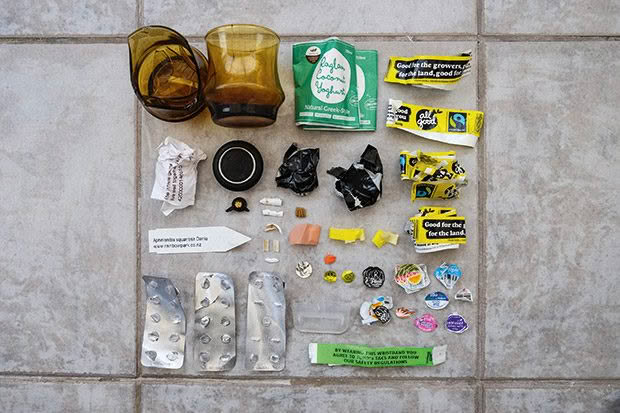
The total amount of waste Kristy sent to landfill in one month.
“I was shocked. I suddenly understood that I was connected to the problem because of my consumption. I thought, ‘I never want to buy anything again – I don’t want to be part of this.’”
That year, she suggested to her father, they have a “buy-nothing Christmas”, where the adults gave nothing except homemade gifts or experiences. “It was our best Christmas ever because no one flew into a stressful buying frenzy, trying to guess what others wanted or needed. We could concentrate on having a good time, eating nice food and being together.”
When the couple had Savana, rather than accumulating a whole lot of baby stuff, Kristy further embraced sustainable living, making incremental changes as she discovered reusable alternatives.
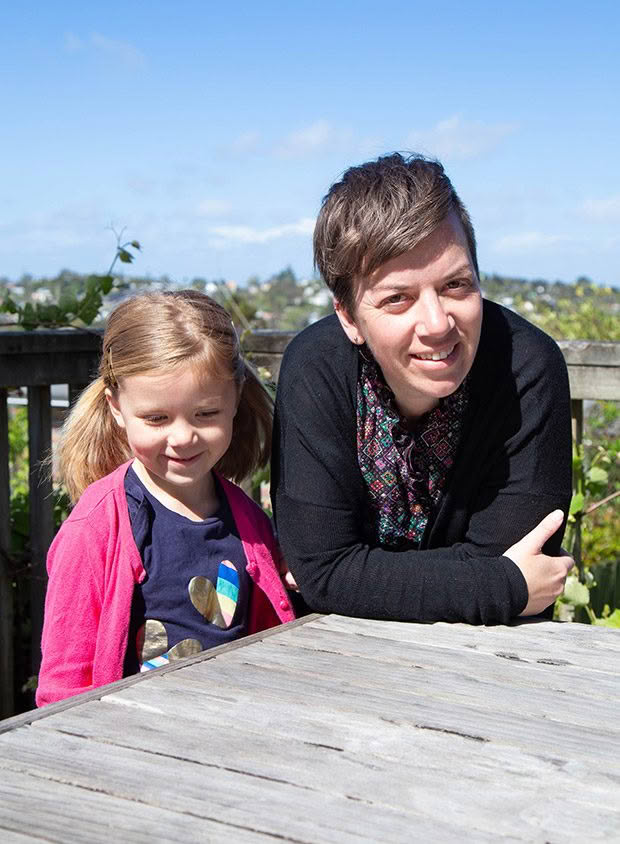
Kristy and her daughter, Savana.
“We did cloth nappies, but I was still using disposable wipes, I’m not sure why. Then I read Zero Waste Home by Bea Johnson, and saw how I fitted into the picture. I could see that even though environmental problems feel overwhelming, as an individual, I could do a lot in my life to make an impact. That’s when I got serious about zero waste.”
The first thing she did was take a deep dive into her kitchen rubbish bin. “Our biggest waste item was Tetra Paks of soy milk and vegetable stock.” (The family are vegetarians and don’t eat dairy because of its environmental impact.)
After assessing the kitchen, Kristy made a spreadsheet and walked through the house, listing all the consumables room by room. “Over the next few months, I went through that list changing our purchases to what I could buy plastic-free and/or packaging-free, what I could make myself or what we could do without.”
https://www.instagram.com/p/BstxCUrFghn/
Now Kristy makes all her own cleaning products. “All you need is baking soda and vinegar and maybe cream of tartar, and they take only a few minutes to whip up.” She makes her own vegetable stock and – trickier – soy milk.
“That’s certainly the most labour-intensive thing about being zero waste, and it was hard to find a soy-milk recipe that worked. Now I have one everyone likes – the secret is not to soak the beans. Every fortnight I make a big batch and freeze it.”
READ MORE: Recipe: Kristy Lorson’s Soy Milk
READ MORE: Dr Compost’s secrets to healthy compost without back-breaking labour
The family also stepped up its composting. “It’s so easy to compost, and it’s very satisfying.” There’s no complicated composting set-up; they simply “chuck the food in”.
“Living zero waste is not a high-tech lifestyle – it’s about getting into the mindset of using things you have already, such as reusable shopping bags, containers and cutlery.
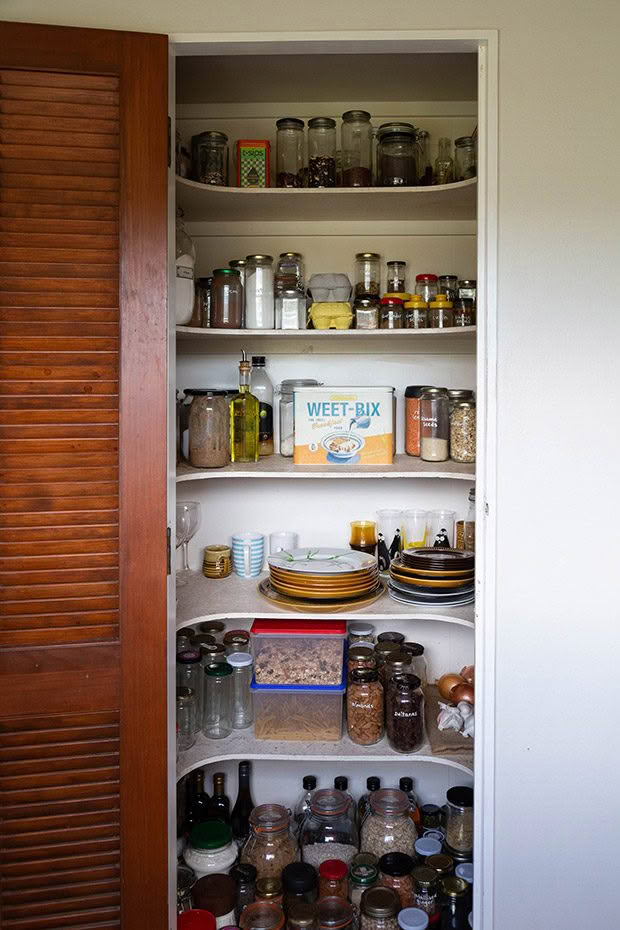
Kristy’s pantry,
“When I have to shop for clothes – which is my nightmare – I buy from op-shops as much as possible. So, overall, we spend less because we’ve replaced disposables with reusables or products I make myself.”
Kristy and Davian also ask that friends and family consider the environment when giving them gifts, encouraging them to opt for second-hand, plastic-free, homemade gifts and those that involve experiences. Savana understands that her family’s lifestyle is not the norm but is “pretty careful”. Although, like many kids, she gets excited about stickers.
“At her gymnastics class, her teacher was giving out stickers. At the end of one class – without prompting from me – she said to her teacher, ‘No, thanks’, and suggested stamps instead. The teacher agreed. Savana came running up to me so excited.
“It’s so empowering for a six-year-old to know they have a voice, and that they don’t have to wait until they are grown up to have an impact on the world. Kids are waste magnets – people love giving them stickers and balloons – so helping them to understand the impact they have on the planet gets them involved, which can only be good for the environment.”
Kristy now runs Earth Savvy, selling reusable products and running workshops to help others live a zero-waste life.
KRISTY’S ZERO-WASTE HACKS
• Collect jars, containers and bags — ideally using what is already in the cupboards and drawers. Decide on a labeling system for jars (grease pencils, chalkboard paint/chalk, markers).
• Organize the bins. Set out “recycling”, “food scraps”, “specialty waste” (batteries, light bulbs etc for delivery to an e-waste centre), “landfill”. Consider moving the landfill bin to the far end of the house to make it more of an effort to throw something away.
• Replace disposables with reusables. As clingfilm/tinfoil/paper towels/baking paper/kitchen sponges/plastic dish brushes run out, consider zero-waste alternatives such as beeswax wraps, silicone baking mats, lidded containers, cotton cleaning cloths, wooden dish brushes, etc.
• Clean up cleansers. As commercial cleaning products run out, try making alternatives at home or buy refillable options. For an all-purpose cleaner add 1 teaspoon baking soda, ½ teaspoon dishwashing liquid and 2 tablespoons vinegar to a spray bottle.
• Put together a simple zero-waste kit for going out. It could include a reusable bag, a water bottle, a small container, cutlery and a reusable coffee cup. And pack some food to resist the temptation to buy a plastic-wrapped snack.
Read more stories like these in our latest special edition, Sustainability Through the Seasons.
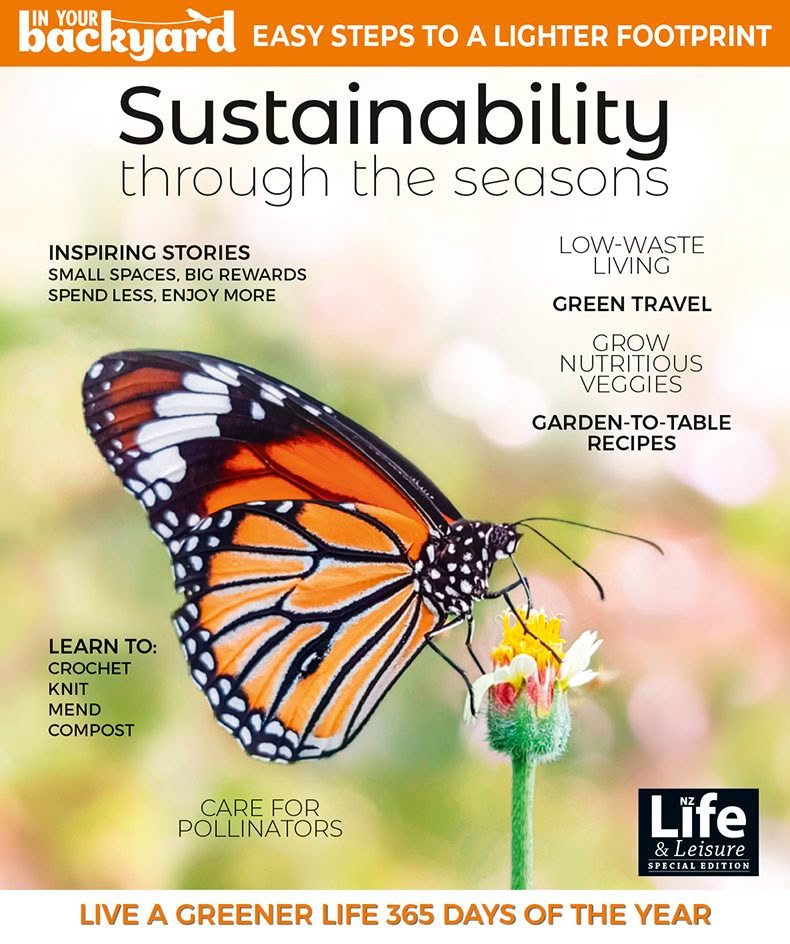
MORE HERE:
LilyBee founder Stacia Jensen’s practical advice for low-waste living

